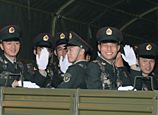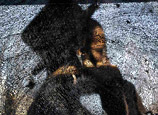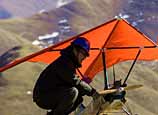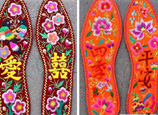
These slim and flat fields look like an abandoned riverbed, between two hillsides in Mudu town in the southwestern outskirts of Suzhou, Jiangsu province. Farmers laboring here have taken it for granted for generations. However, when an archaeological team took a look in 2009, this landscape was found to be the debris of an ancient city moat. An investigation unveiled an underground city with more than 2,400 years' history.
The team, co-organized by the Chinese Academy of Social Sciences and the Suzhou Archaeological Institute, has recently finished the first stage of study. Based on that survey, the expanse of relics ranges 6,728 meters from north to south and 6,820 meters from east to west, covering an area of 24.79 sq km.
It is probably the biggest find of ancient city relics from the Spring and Autumn Period (770-476 BC) ever known in China, according to Chen Jun, director of Suzhou Archaeological Institute, though he adds it is still early for a final conclusion.
"It is extremely rare to see such complete relics of a Spring and Autumn city in this highly developed area of southern Jiangsu province," Chen says.
The experts have found about 240 sites of many types, including tombs, workshops and city gates in water. Excited academics hope the findings will help to solve some historical puzzles.
Wu and Yue were two powerful vassal states that feuded in the Yangtze River Delta during the Spring and Autumn Period and early Warring State Period (475-221 BC). Their cultures had a large influence on modern-day Jiangsu and Zhejiang provinces, and some of their historical legends are household stories for Chinese people. However, continuous fighting between the two provoked massive sabotage on tombs and destroyed many cultural relics during their time.
Zhejiang established an institute on the two states' history as early as the 1930s, but its study focused on the historical files due to a lack of important archaeological findings. A large-scale jade article depot was found near Suzhou in 1986, followed by the discovery of some high-level tombs and ancient village relics. The whereabouts of Wu's capital, the center of this cultural cluster, becomes a common question for archaeologists.















 Landmark building should respect the public's feeling
Landmark building should respect the public's feeling


![]()
